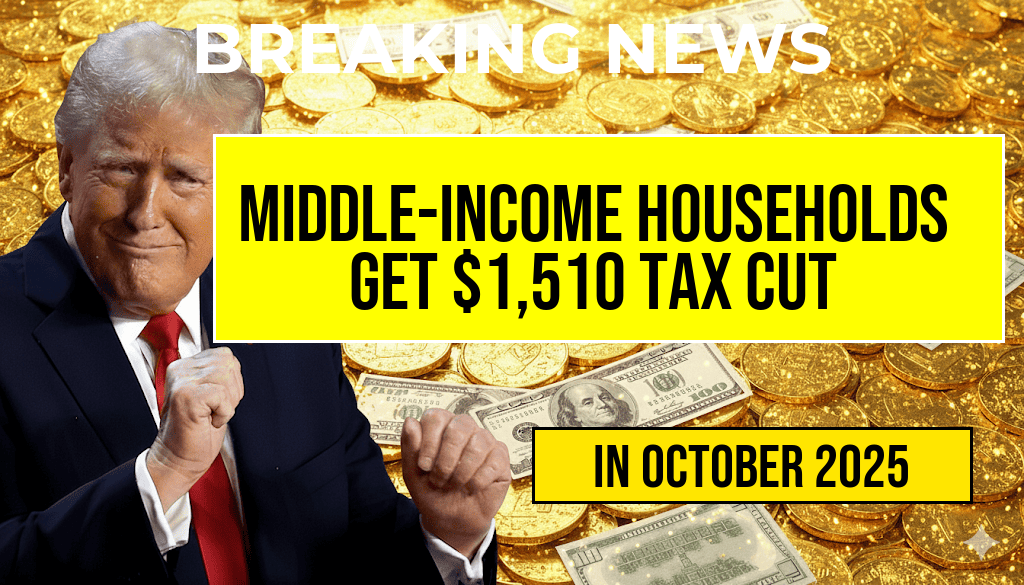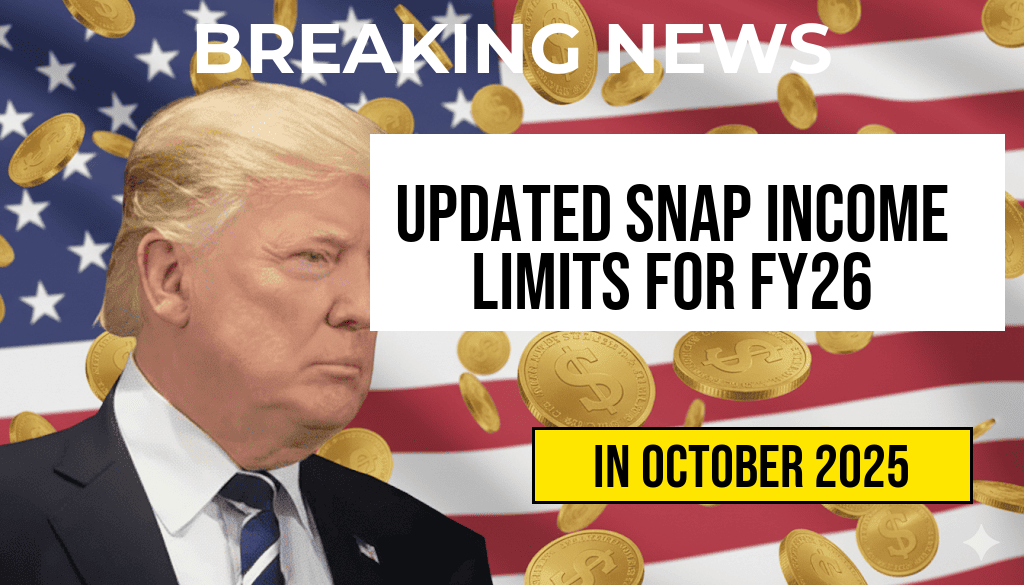Middle-income households across the United States may find relief in their tax bills, as a recent analysis indicates an average tax cut of $1,510 for this demographic. The changes, which stem from adjustments in tax brackets and increased deductions, are expected to impact millions of families, providing a much-needed boost to disposable income. Financial experts suggest that these alterations could stimulate spending, particularly in sectors such as retail and home improvement, as families redirect saved funds towards essential goods and services. This tax cut comes at a time when many households are grappling with rising costs and inflation, making the financial reprieve particularly timely.
Details of the Tax Cuts
The tax relief is primarily a result of legislative changes aimed at making the tax system more equitable for middle-income earners. Here are some of the key features of the new tax structure:
- Increased Standard Deduction: The standard deduction has risen, allowing families to reduce their taxable income more significantly.
- Expanded Child Tax Credit: Families with children may benefit from an expanded child tax credit, which has been a focal point of recent tax reforms.
- Revised Tax Brackets: Adjustments to tax brackets are designed to ensure that middle-income earners pay a lower effective tax rate.
Impact on Middle-Income Families
For many middle-income households, defined as those earning between $50,000 and $100,000 annually, these tax cuts could mean a significant increase in take-home pay. According to a report by the Tax Policy Center, the average tax cut for this group could lead to an increase in spending power, which may help bolster the economy as families engage in consumer spending.
Spending Trends Post-Tax Cuts
As households begin to feel the impact of these tax reductions, experts anticipate a shift in spending patterns. Historical data indicates that tax cuts often lead to increased expenditures in several areas:
- Home Improvement: Families may allocate funds towards home renovations and repairs.
- Education and Childcare: Increased investment in children’s education and extracurricular activities is likely.
- Consumer Goods: A boost in spending on essential consumer items, such as groceries and clothing, is expected.
Potential Challenges Ahead
Despite the optimistic outlook, there are potential challenges that could dampen the benefits of these tax cuts. Economic analysts have pointed out several areas of concern:
- Inflation: If inflation continues to rise, the purchasing power of the tax cuts may diminish.
- Job Market Stability: Continued fluctuations in the job market could influence overall economic stability and consumer confidence.
- Policy Changes: Future changes in tax policy or economic conditions may impact the sustainability of these tax benefits.
Conclusion: A Mixed Outlook
The average tax cut of $1,510 for middle-income households represents a significant opportunity for families to enhance their financial well-being. As these changes take effect, the focus will likely shift towards monitoring spending behaviors and overall economic impact. By evaluating how households utilize their increased disposable income, analysts will gain insights into the broader implications for the U.S. economy.
For more information on tax reform and its impacts, visit the Wikipedia page on Tax Reform or explore detailed analyses on Forbes.
Frequently Asked Questions
What is the average tax cut amount for middle-income households?
The average tax cut for middle-income households is estimated to be $1,510.
Who qualifies as a middle-income household?
A middle-income household typically refers to families or individuals whose income falls within a certain range, often defined by government standards or statistical data.
How will the tax cut impact middle-income families?
The tax cut is expected to provide financial relief to middle-income families, allowing them to allocate more funds for essential expenses, savings, or investments.
When will the tax cuts take effect?
The specific timeline for when the tax cuts will take effect can vary, but they are generally expected to be implemented in the upcoming fiscal year.
Are there any conditions to receive the tax cut?
Eligibility for the tax cut may depend on various factors, including income level, filing status, and other tax-related criteria set forth by the government.







